Introduction
Stir-frying pork shreds, or commonly known as “rou si” in Chinese cuisine, is a beloved dish across many regions due to its simplicity, versatility, and the ability to elevate a meal with its savory and tender texture. Whether served over rice, noodles, or as part of a larger banquet, perfectly stir-fried pork shreds can be the highlight of any dining experience. However, achieving that perfect balance of tenderness and flavor can be a challenge for even the most seasoned cooks. This article aims to demystify the process and provide a comprehensive guide on how to stir-fry pork shreds to ensure they are both delicious and tender.
Understanding Pork Shreds
Before diving into the cooking process, it’s crucial to understand the type of pork best suited for stir-frying. Typically, pork shoulder or pork loin, when thinly sliced into shreds, are ideal choices. Pork shoulder offers a good balance of fat and lean meat, which contributes to a juicy and flavorful final dish. On the other hand, pork loin is leaner but still tender enough to hold up well to high-heat stir-frying.
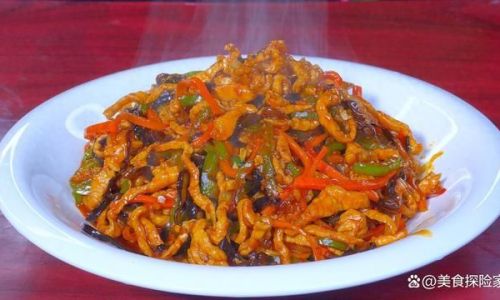
When selecting pork, look for meat that is fresh, with a bright pink color and firm texture. Avoid pork that has a grayish hue or a slimy surface, as these are signs of spoilage.
Preparation Techniques
-
Slicing the Pork
- The key to tender pork shreds lies in the slicing technique. Use a sharp knife to cut the pork against the grain into thin, even strips. Cutting against the grain means slicing perpendicular to the muscle fibers, which helps to shorten them and make the meat more tender when cooked.
- Aim for shreds that are approximately 1/8 to 1/4 inch thick. Thinner shreds will cook faster and are more likely to remain tender.
-
Marinating
- Marinating the pork shreds is essential for flavor and tenderization. A simple marinade can include soy sauce, rice vinegar, sesame oil, garlic, ginger, and a pinch of sugar or honey. The acidity from the vinegar and soy sauce helps to break down some of the proteins in the meat, making it more tender.
- Marinate for at least 30 minutes, but preferably an hour or more, to allow the flavors to penetrate deeply.
-
Velveting (Optional but Recommended)
- Velveting is a traditional Chinese cooking technique that involves coating meat with a starch slurry before stir-frying. This step not only tenderizes the meat but also ensures it retains moisture during cooking, resulting in a juicy, velvety texture.
- To velvet pork shreds, mix cornstarch or potato starch with a little water to form a paste. Dredge the marinated pork shreds in this paste, shaking off any excess. Let them sit for about 10-15 minutes before cooking.
Stir-Frying Techniques
-
Heating the Pan and Oil
- Use a wok or a large, heavy-bottomed skillet for stir-frying. These pans retain heat well and provide even cooking.
- Preheat the pan over high heat until it’s very hot. Add enough oil to coat the bottom of the pan generously. The oil should shimmer but not smoke.
-
Cooking the Pork Shreds
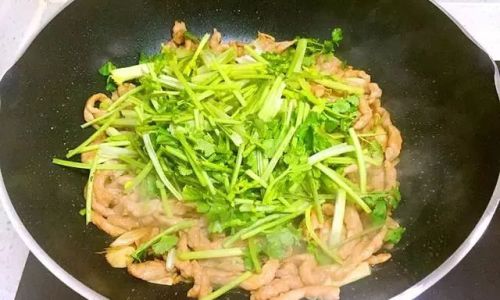
- Once the oil is hot, add the velveted (if used) and drained pork shreds to the pan in a single layer, avoiding overcrowding. If necessary, cook in batches to ensure even cooking.
- Stir-fry the pork shreds quickly, using a spatula or wok spoon to toss and turn them frequently. The goal is to sear the outside while keeping the inside moist and tender. This should take about 2-3 minutes, depending on the thickness of the shreds.
- Remove the pork shreds from the pan once they are lightly browned and slightly firm to the touch. They will continue to cook slightly from residual heat.
-
Adding Aromatics and Sauce
- In the same pan, add a small amount of fresh oil if needed. Stir-fry aromatics such as sliced garlic, ginger, and chopped scallions until fragrant (about 30 seconds).
- Pour in any remaining marinade or a prepared stir-fry sauce (made with soy sauce, oyster sauce, sugar, water, and cornstarch for thickening). Cook the sauce until it thickens slightly.
- Return the cooked pork shreds to the pan and toss gently to coat them with the sauce. Cook for another minute or until heated through.
Finishing Touches
-
Seasoning and Garnish
- Taste the stir-fry and adjust the seasoning with additional soy sauce, salt, or pepper if needed. A pinch of white pepper can add a nice layer of flavor.
- Garnish with chopped green onions, sesame seeds, or a drizzle of chili oil for added complexity.
-
Serving Suggestions
- Serve the stir-fried pork shreds immediately over steamed rice, noodles, or with a side of stir-fried vegetables. The heat from the rice or noodles will help to keep the pork warm and moist.
- For a more elaborate dish, serve as part of a multi-course meal, pairing it with other stir-fries, soups, and steamed buns.
Troubleshooting Common Issues
- Overcooked Pork: If the pork shreds become dry and tough, it’s likely because they were overcooked. Remember to cook them quickly over high heat and remove them from the pan before they reach the point of no return.
- Sticky Pan: If the pork shreds stick to the pan, ensure the pan is hot enough before adding the oil and the oil is hot before adding the meat. Non-stick pans can also be helpful.
- Lack of Flavor: Marinating for a sufficient time and using a well-balanced sauce are key to flavorful pork shreds. Don’t skimp on the aromatics and seasonings.
Conclusion
Stir-frying pork shreds to perfection is an art that combines precise technique, quality ingredients, and a keen eye for detail. By following the steps outlined in this guide—from selecting the right pork, to marinating, velveting (if desired), and stir-frying with care—you can achieve tender, flavorful pork shreds that will delight your taste buds and impress your guests. Remember, practice makes perfect, and with each stir-fry, you’ll gain a deeper understanding of how to coax the best out of your ingredients. Happy cooking!
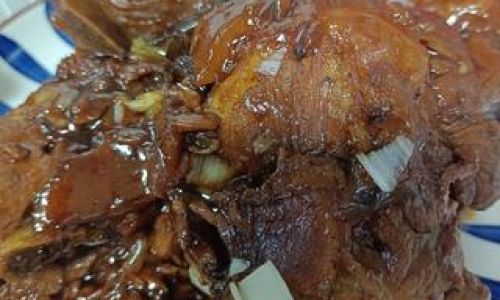
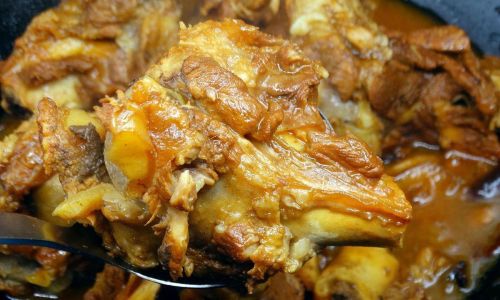
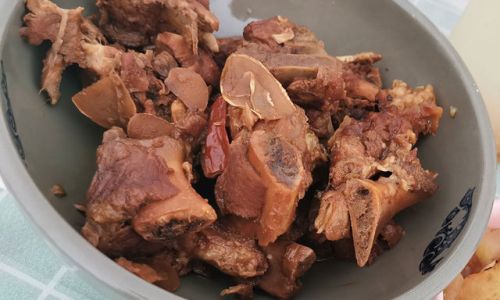



0 comments